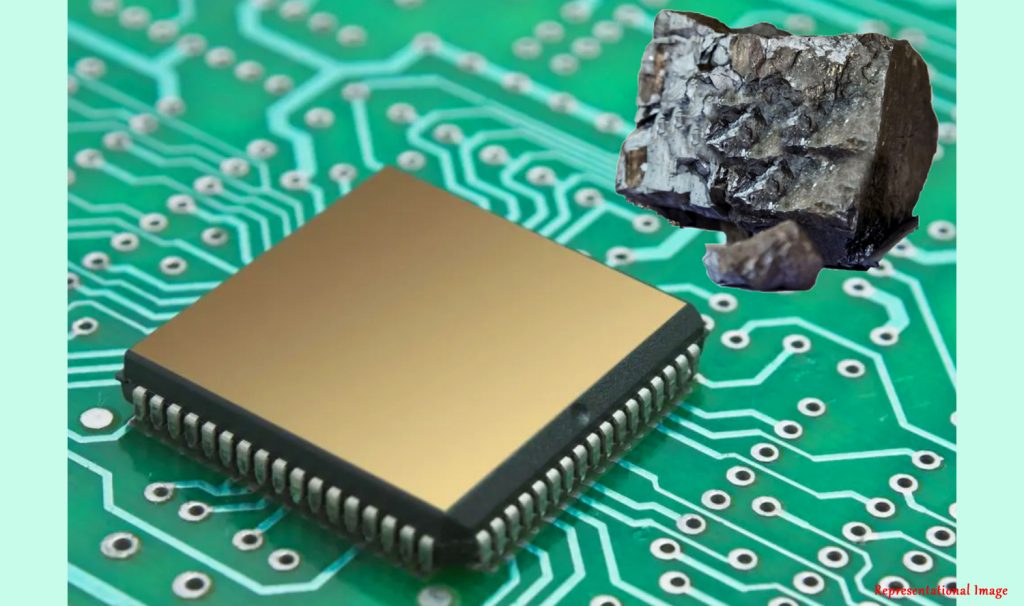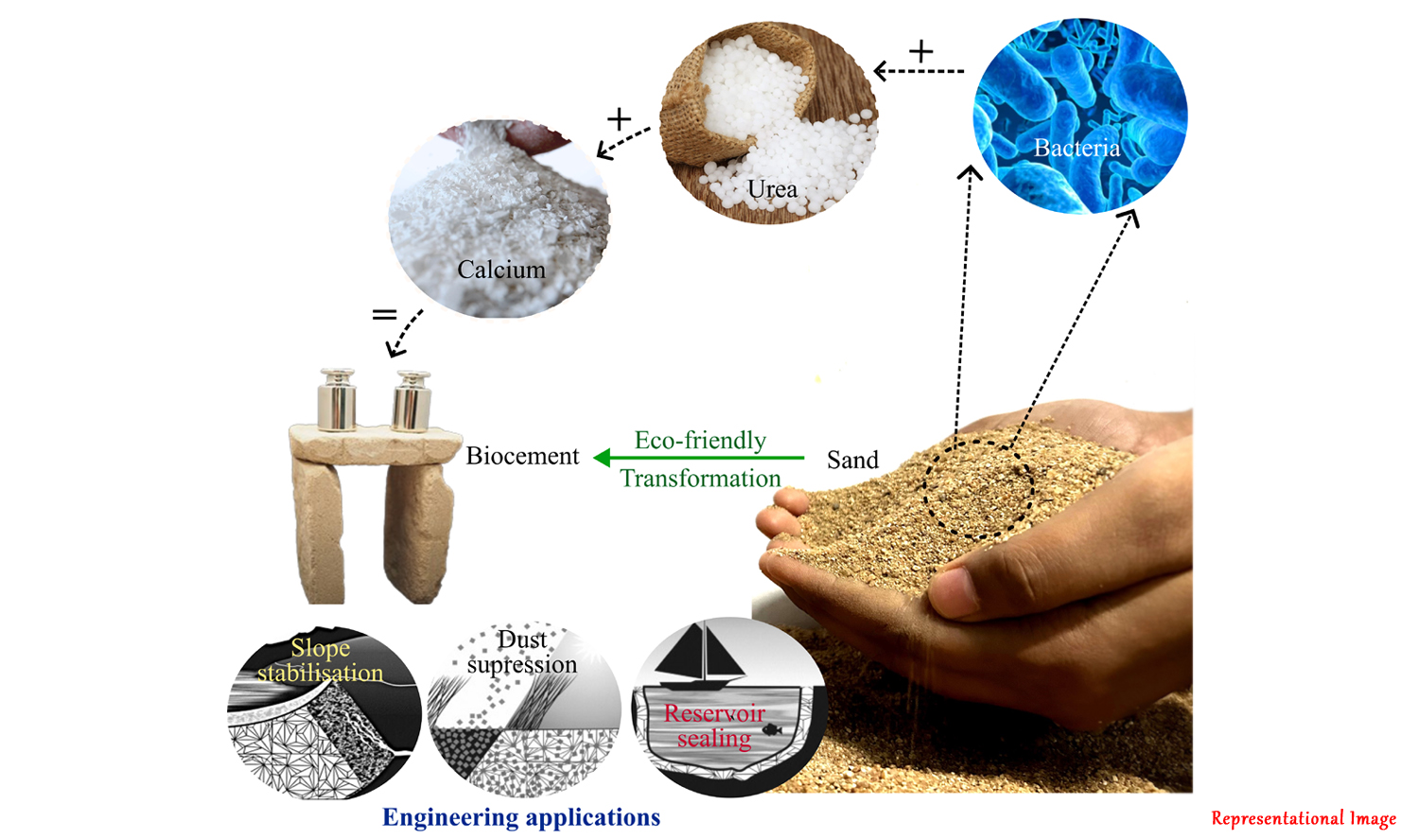
With increasing demands for electronic devices, manganese oxide-semiconductor materials combinations are attracting a lot of attention. The properties of such devices can be controlled by the magnetic field, electric field, or light irradiation.
Among such potential devices, perovskite-silicon-based devices are attracting a lot of attention because they combine the functional properties of perovskite oxide with traditional silicon-based intelligence, and have great potential application for the next generation of oxide electronics.
Lanthanum strontium manganite (LSMO) is an oxide ceramic material and is a doped perovskite manganite with great potential as an electronic conductor. It shows colossal magnetoresistance (CMR) and is an observed half-metal.
CMR is the property of a material to dramatically change its electrical resistance in the presence of a magnetic field.
However, dissimilar crystal structures, high reactivity of silicon with oxygen, and large difference in the thermal expansion coefficients between silicon and these functional oxides pose a problem for such devices.
Information on the distribution of the electronic states in the oxides-silicon system gives an opportunity for constructing novel heterostructure (a heterostructure is a structure where there is an interface between two layers of dissimilar materials) devices.
It has been found that the current is directly proportional to the integral of the density of states (DOS) of one of the electrode materials. Therefore, the differential conductance (dI/dV) is proportional to the DOS of the electrode.

In this study, the authors Mr. Bibekananda Das and Prof. Prahallad Padhan from the Nanoscale Physics Laboratory, Department of Physics, Indian Institute of Technology Madras, Chennai, India (Prof. Prahallad Padhan is also affiliated with the Functional Oxides Research Group, Indian Institute of Technology Madras, Chennai, India), have calculated the differential conductance from LSMO/ZnO heterostructures (ZnO is zinc oxide).
It was found that the thickness of the LSMO films and the growth of the ZnO layer on the LSMO modifies the interactions and changes the transport properties of LSMO.
It was also found that at low temperatures, the bias voltage-dependent differential conductance of these oxides exhibits a relatively sharp minimum near zero bias, called the zero-bias anomaly (ZBA).
This study will help in understanding the transport properties of strongly correlated systems in reduced dimensions for fundamental aspects.
The LSMO/ZnO heterostructure can be used to design room-temperature low-power nano-electronic field-emission devices or components.
Since these heterostructures have been integrated into silicon, they can also be useful for the mass production of low-cost devices.
Dr. Arunava Gupta, Adjunct Professor at the Department of Nanoengineering, University of California San Diego, La Jolla, California, noted the significance of the work done by the authors with the following comments: “The authors have carried out a very careful and systematic investigation of the transport properties of heterostructures consisting of the half metal LSMO and different thicknesses of semiconducting ZnO overlayer. These heterostructures are grown on bare Si substrate (with native SiO2) using a unique pulsed plasma sputter deposition method developed a few years back by Padhan and his students. Remarkable changes are observed in the differential conductance near zero bias in the heterostructures as a function of ZnO layer thickness, both in the ferromagnetic metallic state of LSMO at low temperatures and the magnetically disordered state at high temperatures. The results observed and reported by Das and Padhan are truly interesting. Corroborated by first-principles density functional calculations, they provide key insights regarding the control by the ZnO layer of different interactions – such as the Kondo-like interaction, electron-electron interaction, orbital distribution, and conduction electron concentration of the LSMO. Besides fundamental understanding, the LSMO/ZnO heterostructures are attractive for practical spin electronic device applications since they have been integrated into Si.”
Article by Akshay Anantharaman
Click here for the original link to the paper











